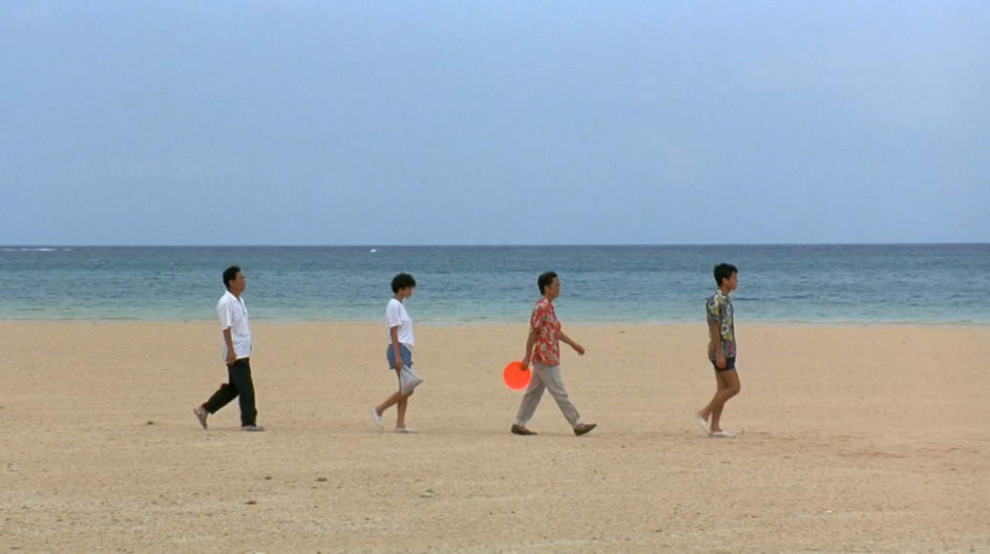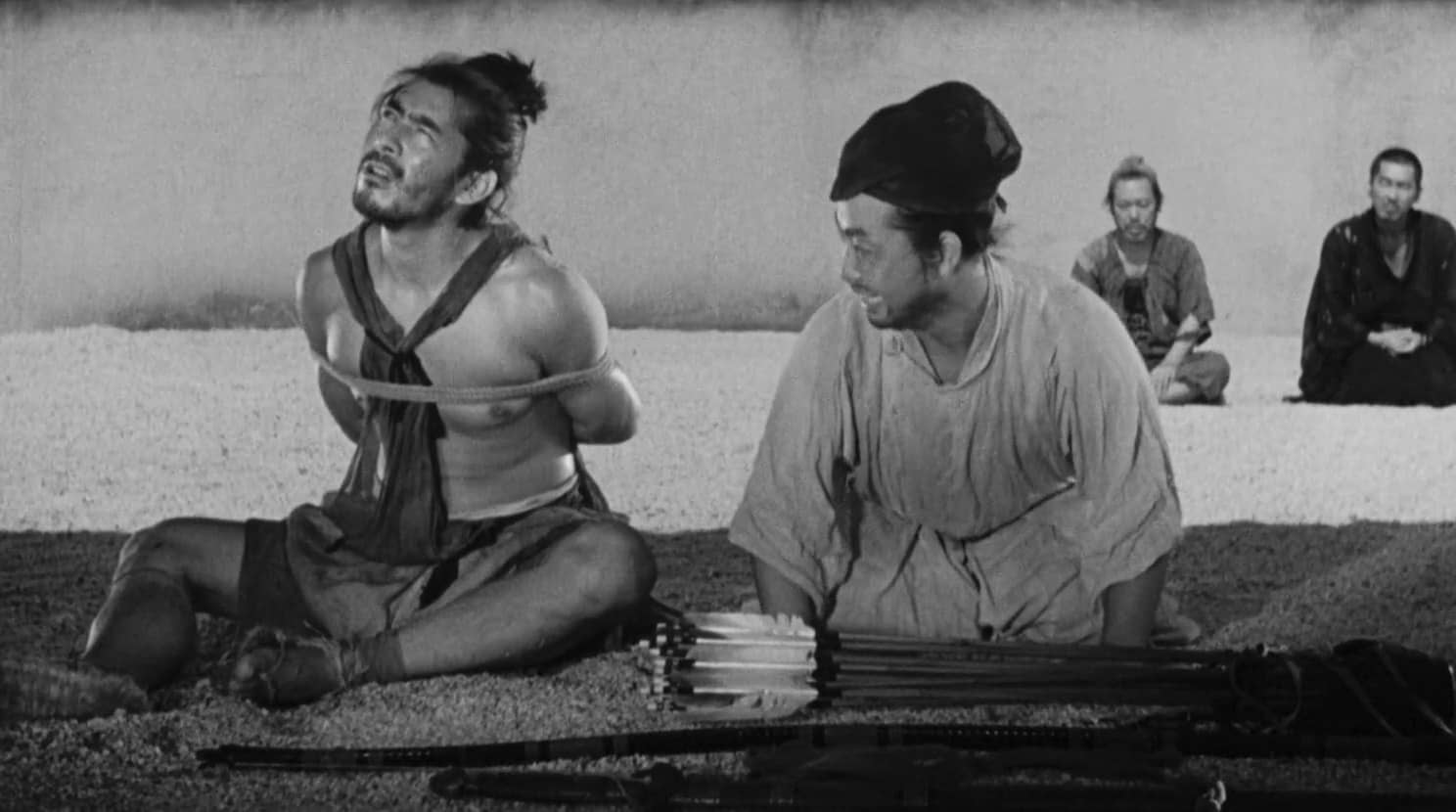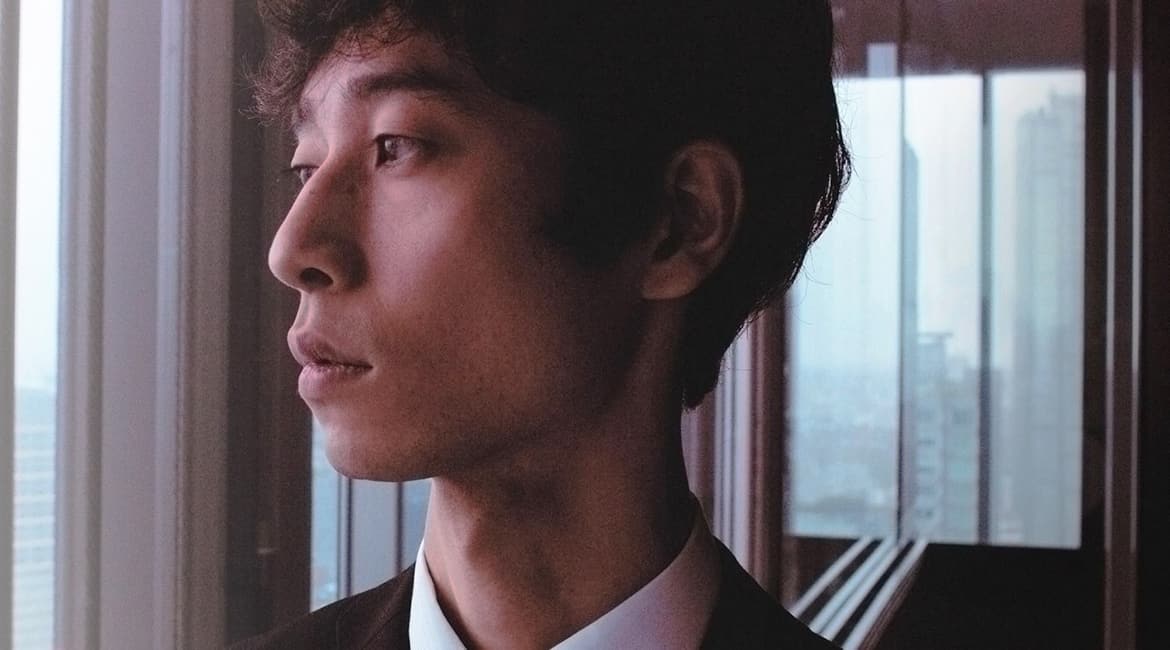Even though “Sonatine” was only his fourth film as a director, for many fans and critics it is still one of the best by Takeshi Kitano and arguably an important milestone in his career as it received much international attention, thanks to directors like Quentin Tarantino, whose production company decided to release “Sonatine” as one of their first titles for American audiences. However, for Kitano himself, the importance of this film is much more personal as it is artistic, evident in the title of the movie itself, which himself explains as an indicator that he finally was able to use the various devices and means within the medium on a basic level, similar to a student of the piano practicing basic pieces. All modesty aside, “Sonatine” is quite an impressive movie which not only continues its director's themes of deconstruction, but also the idea of how beauty is connected to death.
Buy This Title

For many years, Murakawa (Takeshi Kitano) has been a yakuza and overall, business has been going well for him and his men. However, as he admits to his associate Ken (Susumu Terajima), he has also grown tired of being a gangster and would like to quit for good. When he and his men are asked to intervene at a violent dispute between two yakuza families in Okinawa, Murakawa has his doubts about the true motifs behind the mission, but nevertheless obeys without further question.
Unsurprisingly, shortly after their arrival in Okinawa, Murakawa finds out about the true motifs behind the mission and his men are attacked, causing the first of many casualties. With the violence increasing, Murakawa and his men hide in a desolate beach house, planning to stay there until matters have cooled down. While they try and pass the time playing pranks on each other and various games, eventually their clan finds out about their hiding spot and the violence starts again.
Similar to “Violent Cop” or “Boiling Point”, labeling “Sonatine” a yakuza-thriller fails to define what the films actually is, particularly since the majority of the story deals with the various games and pranks of the gangsters during their forced stay at the beach. However, the nature of the games as well as the omnipresence of the ocean may represent what has become a common thread in all of Kitano' work, which is the inevitability of death as well as its beauty. In many ways the gangsters in “Sonatine” share much more common ground with the characters in a play like Samuel Beckett's “Waiting for Godot” as their games, their pranks and their jokes only delay what is inevitable. In a core scene, two of his men engage in a game of “Wilhelm Tell”, trying to shoot an empty beer can from the head of the other, until Murakawa joins them and starts to play a (rigged) game of Russian Roulette with them. So in a sense and despite the masquerade of playfulness and dark comedy, there is a notion of death in every scene, but also an unquestionable sense of beauty.

Within the character of the yakuza gangster, a figure who relishes death as a fact of his life, Kitano presents this concept as somewhat absurd and utterly fatalistic. Murakawa, for example, denies all hints, images or gestures associated with life, which is all the more evident in his exchanges with the only female character in the film played by Aya Kokumai, who may represent the kind of escape from his former life, a more life-approving alternative perhaps, but then again Murakawa has something else in mind.
On an aesthetic level, Kitano and DOP Katsumi Yanagashima, similar to their collaboration in “A Scene at the Sea”, Kitano's third feature as director, show the beach as a transitional, empty space. Devoid of the idea of the idyllic, the beach is the bridge between life and the hereafter, in this case the ocean, a space and time they aim to fill with activities which all confirm what is about to come, adding a growing sense of melancholia to the film, highlighted by the beautiful score composed by Joe Hisaishi.
“Sonatine” is an impressive movie within Takeshi Kitano's body of work as a filmmaker. The film continues the exploration of the link between death and beauty as well as the deconstruction of the protagonist. Apart from that it is also the first work demonstrating the fruitful collaboration between Takeshi Kitano, Joe Hisashi and Katsumi Yanagashima which would continue to produce many great features in the years after “Sonatine”.















